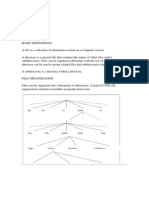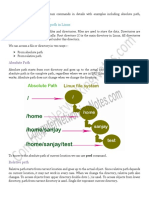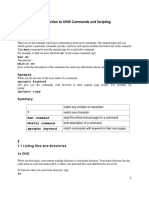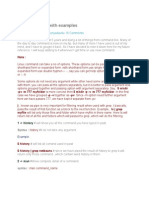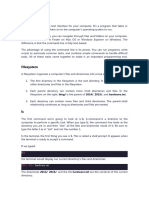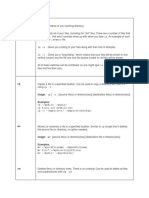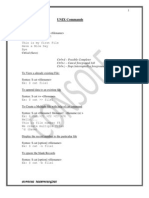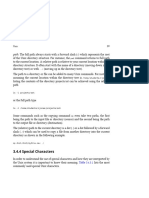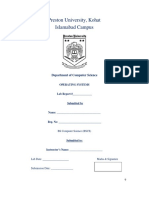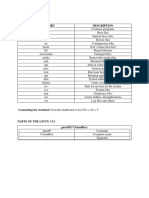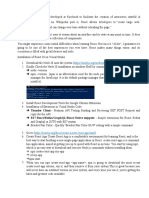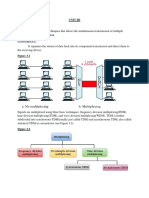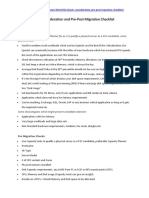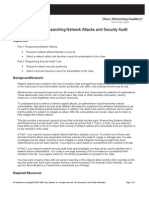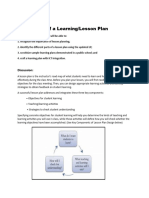0% found this document useful (0 votes)
10 views22 pagesChapter 1 The File System
The document provides an overview of the file system structure, including the hierarchical organization of files and directories, and the main directories such as /boot, /bin, and /etc. It details commands for handling directories and files, including creating, deleting, moving, and copying files, along with examples of their usage. Additionally, it explains the significance of file naming conventions and the characteristics displayed by the ls command.
Uploaded by
rayanekisseliCopyright
© © All Rights Reserved
We take content rights seriously. If you suspect this is your content, claim it here.
Available Formats
Download as PDF, TXT or read online on Scribd
0% found this document useful (0 votes)
10 views22 pagesChapter 1 The File System
The document provides an overview of the file system structure, including the hierarchical organization of files and directories, and the main directories such as /boot, /bin, and /etc. It details commands for handling directories and files, including creating, deleting, moving, and copying files, along with examples of their usage. Additionally, it explains the significance of file naming conventions and the characteristics displayed by the ls command.
Uploaded by
rayanekisseliCopyright
© © All Rights Reserved
We take content rights seriously. If you suspect this is your content, claim it here.
Available Formats
Download as PDF, TXT or read online on Scribd
/ 22

